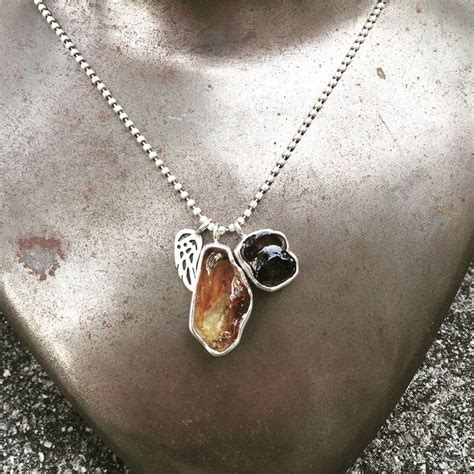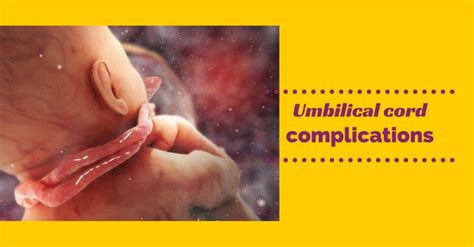Intro
Discover when the umbilical cord falls off naturally, a normal newborn process. Learn about umbilical cord care, stump drying, and signs of infection, ensuring a healthy belly button formation and newborn development.
The umbilical cord is a vital part of a newborn baby's life, providing essential nutrients and oxygen from the mother's placenta. After birth, the umbilical cord is cut, and a small stump remains attached to the baby's belly button. Many new parents are curious about the process of the umbilical cord falling off naturally, and it's essential to understand the timeline, signs, and care required during this period. The umbilical cord stump usually takes around 1-3 weeks to dry out and fall off, but this timeframe can vary depending on several factors, including the baby's overall health and environmental conditions.
As the umbilical cord stump starts to dry out, it may turn black or dark brown, and eventually, it will fall off, leaving behind a small wound that will heal quickly. It's crucial for new parents to keep the umbilical cord stump clean and dry to prevent infection and promote healing. Gently cleaning the area with soap and water, and avoiding submerging the stump in water, can help prevent bacterial growth.
The process of the umbilical cord falling off naturally is a significant milestone in a baby's life, marking the transition from dependence on the mother's placenta to independence. Understanding the signs and care required during this period can help new parents feel more confident and prepared. As the umbilical cord stump starts to dry out, it's essential to monitor for signs of infection, such as redness, swelling, or discharge, and seek medical attention if necessary. By following proper care and hygiene, new parents can help ensure a smooth and healthy transition for their baby.
Understanding the Umbilical Cord

Timeline of Umbilical Cord Falling Off
The timeline for the umbilical cord falling off can vary depending on several factors, including the baby's overall health and environmental conditions. Generally, the umbilical cord stump takes around 1-3 weeks to dry out and fall off. Here are some key milestones to expect: * 1-2 days: The umbilical cord stump starts to dry out and may turn black or dark brown. * 3-5 days: The stump begins to shrink and may start to loosen. * 7-10 days: The stump is usually dry and may start to fall off. * 1-3 weeks: The umbilical cord stump usually falls off, leaving behind a small wound that will heal quickly.Signs of Umbilical Cord Falling Off

Care and Hygiene
Proper care and hygiene are essential to prevent infection and promote healing during the postnatal period. Here are some tips: * Keep the umbilical cord stump clean and dry. * Avoid submerging the stump in water. * Gently clean the area with soap and water. * Avoid using harsh chemicals or perfumes. * Monitor for signs of infection, such as redness, swelling, or discharge.Potential Complications

Monitoring for Infection
It's essential to monitor for signs of infection, such as: * Redness: The area around the stump may become red or inflamed. * Swelling: The area around the stump may become swollen. * Discharge: Pus or discharge may be present. * Fever: The baby may develop a fever.Seeking Medical Attention

Prevention and Treatment
Preventing infection is key to promoting healthy healing. Here are some tips: * Keep the umbilical cord stump clean and dry. * Avoid submerging the stump in water. * Gently clean the area with soap and water. * Avoid using harsh chemicals or perfumes. * Monitor for signs of infection, such as redness, swelling, or discharge.Conclusion and Next Steps

What is the normal timeline for the umbilical cord to fall off?
+The normal timeline for the umbilical cord to fall off is around 1-3 weeks.
How do I care for the umbilical cord stump?
+Keep the umbilical cord stump clean and dry, and avoid submerging it in water. Gently clean the area with soap and water, and avoid using harsh chemicals or perfumes.
What are the signs of infection?
+Signs of infection include redness, swelling, discharge, and fever.
When should I seek medical attention?
+Seek medical attention if you notice any signs of infection or other complications, such as excessive bleeding or delayed healing.
How can I prevent infection?
+Preventing infection is key to promoting healthy healing. Keep the umbilical cord stump clean and dry, avoid submerging it in water, and gently clean the area with soap and water.
We hope this article has provided you with valuable information and insights on the umbilical cord falling off naturally. If you have any further questions or concerns, please don't hesitate to reach out to a healthcare professional. Share this article with your friends and family to help spread awareness and promote healthy parenting practices. Leave a comment below to share your experiences or ask any questions you may have.
